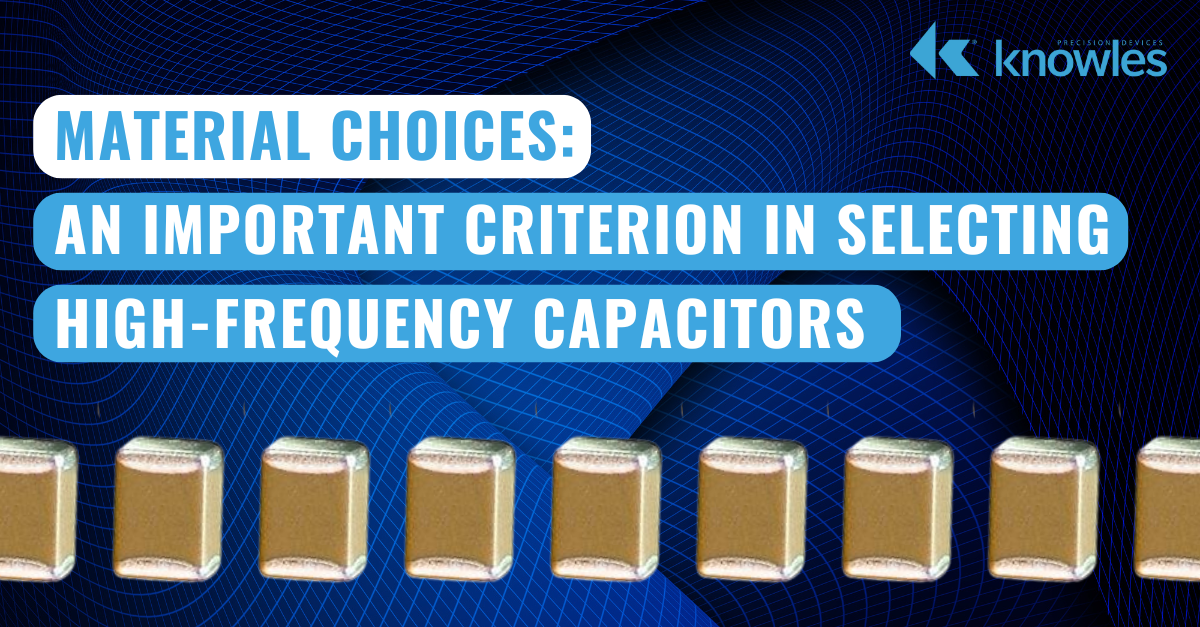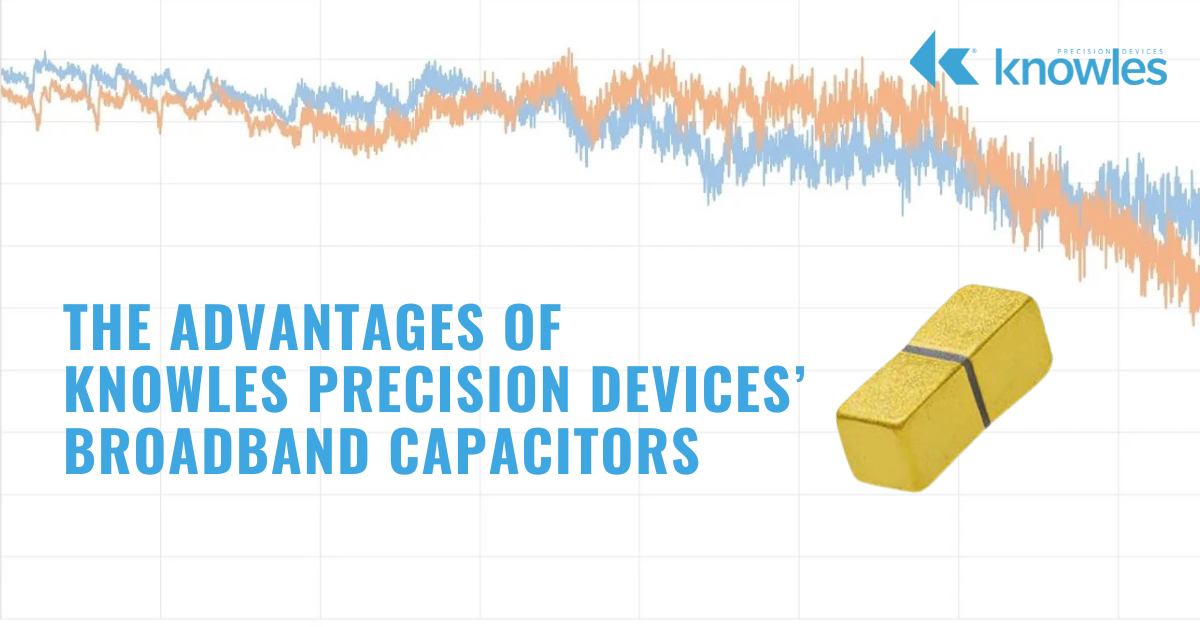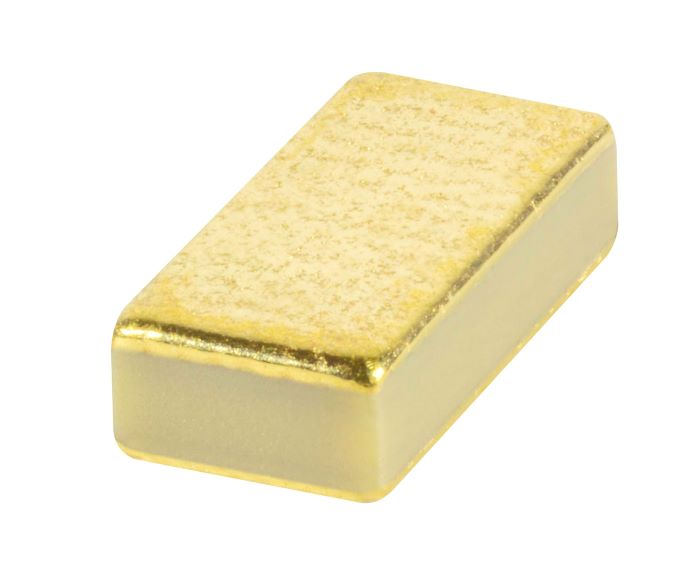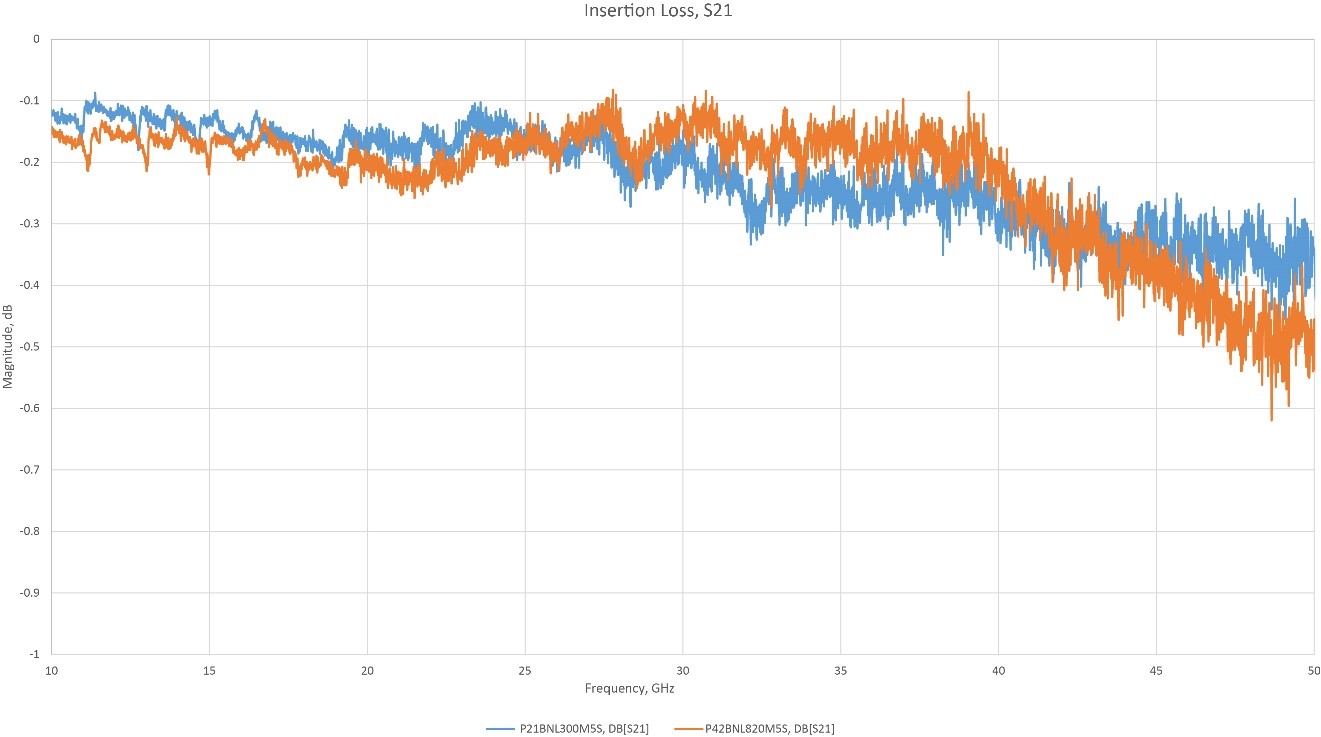Radio frequency (RF) and microwave applications involve the transmission and receipt of high-frequency electromagnetic signals. RF refers toalternating current (AC) signals at 3 kHz to 300 GHz, and microwave refers to a higher range, closer to 300 MHz to 300 GHz. Capacitance, and by extension impedance, varies with frequency, so capacitors play a variety of critical roles in these RF and microwave circuits. With many options for configuration, they function in energy storage and voltage regulation, DC blocking, impedance matching, filtering and more.
Cheriyan Perumal
.jpg)
Recent Posts
Material Choices: An Important Criterion in Selecting High-Frequency Capacitors
Topics: Capacitor
The Advantages of Knowles Precision Devices’ Broadband Capacitors
High-speed broadband and fiber optic devices used across a variety of communication and military and aerospace applications require circuits that couple RF signals. Since this involves removing the DC component and allowing only the high-frequency AC component to pass or bypass, this can be a complicated process. The blocking capacitor needs to present a near reflectionless transition at the frequency the line is seeing and at a bandwidth that allows the entire signal to pass without degradation.
Topics: Capacitor
Introducing the Highest Voltage, Smallest Footprint SLC on the Market – The V80 Bypass Capacitor
As RF and microwave systems require higher performance in a small footprint, designers and engineers need to get more out of every component, including capacitors. To meet these demands, Knowles Precision Devices has expanded its line of single-layer vertical electrode (V Series) capacitors to include the 100nF V80 Bypass Capacitor. The V80 is a revolutionary development for capacitors as it is the first SLC to feature an operating voltage of 50V in .084” x .042” package. The closest competitor product at this size is only rated for 16V.
Topics: Capacitor
Milli-Cap: The Ideal Ultra-Low Loss Broadband Blocking Capacitor
Many circuits in broadband applications require the coupling of RF signals, which can be a complicated process since it involves removing the DC component to allow only the high-frequency AC component to pass or bypass. Removing the AC component from a DC line is done by placing a coupling capacitor in series with the path the signal takes.




